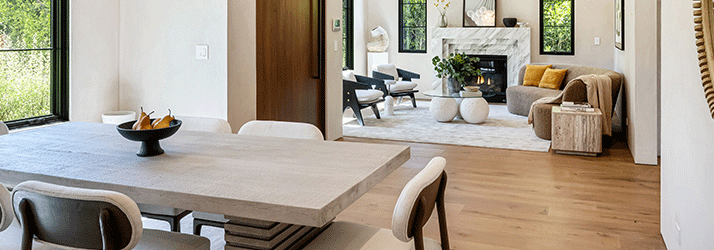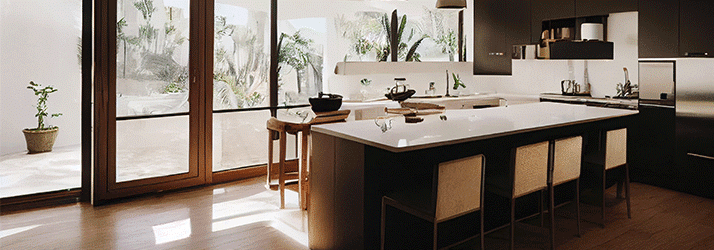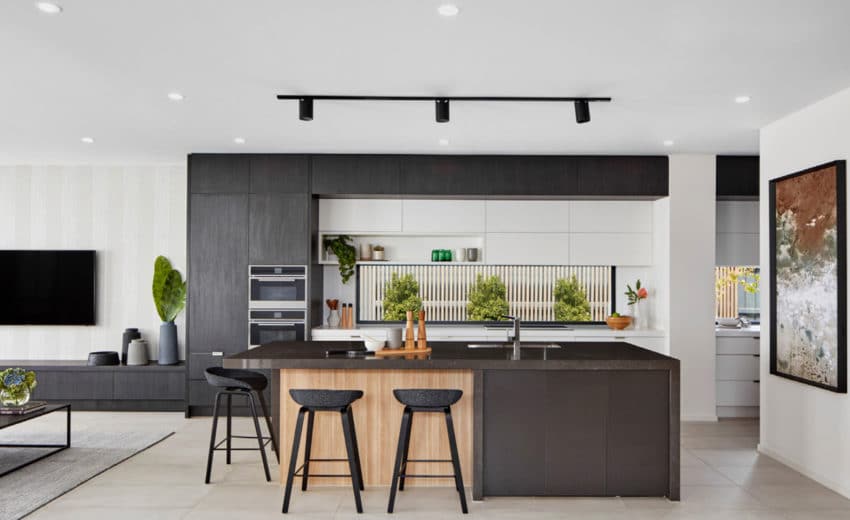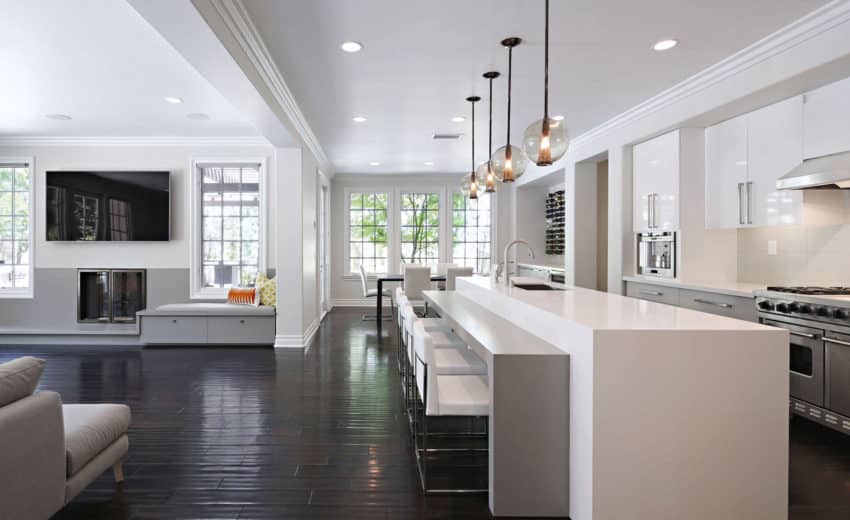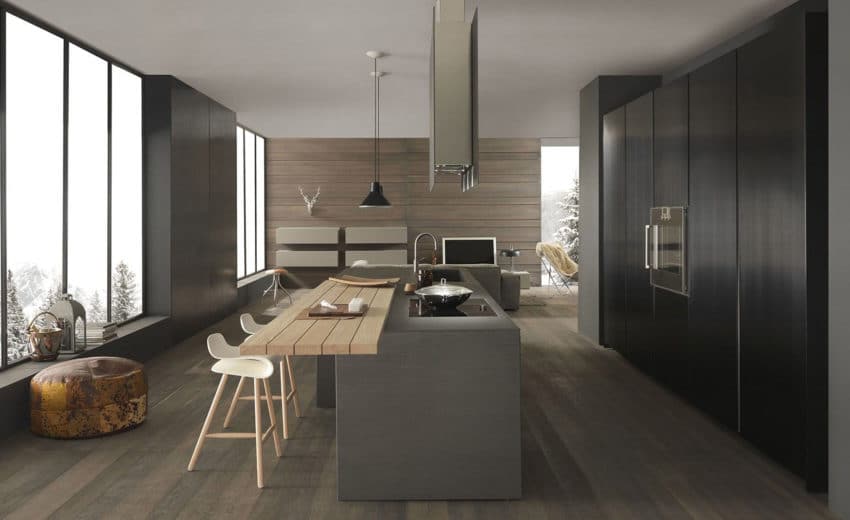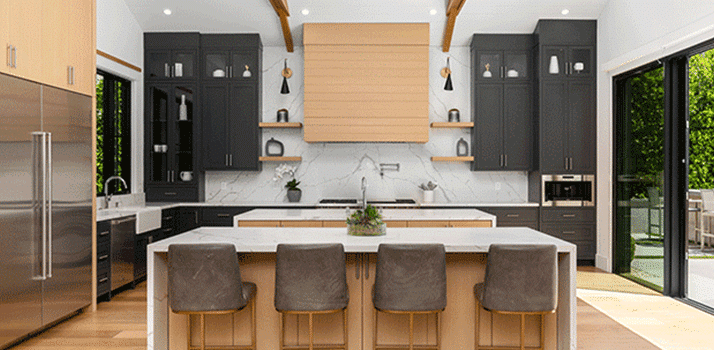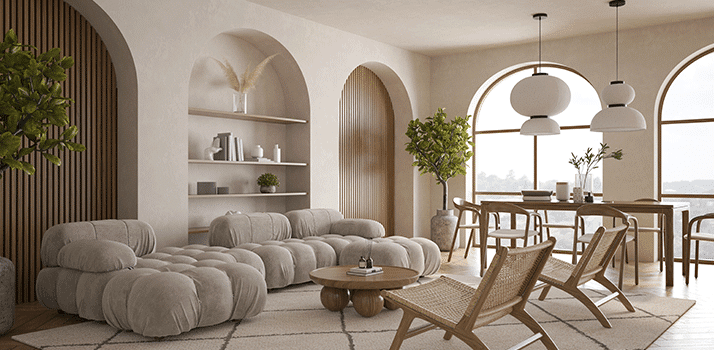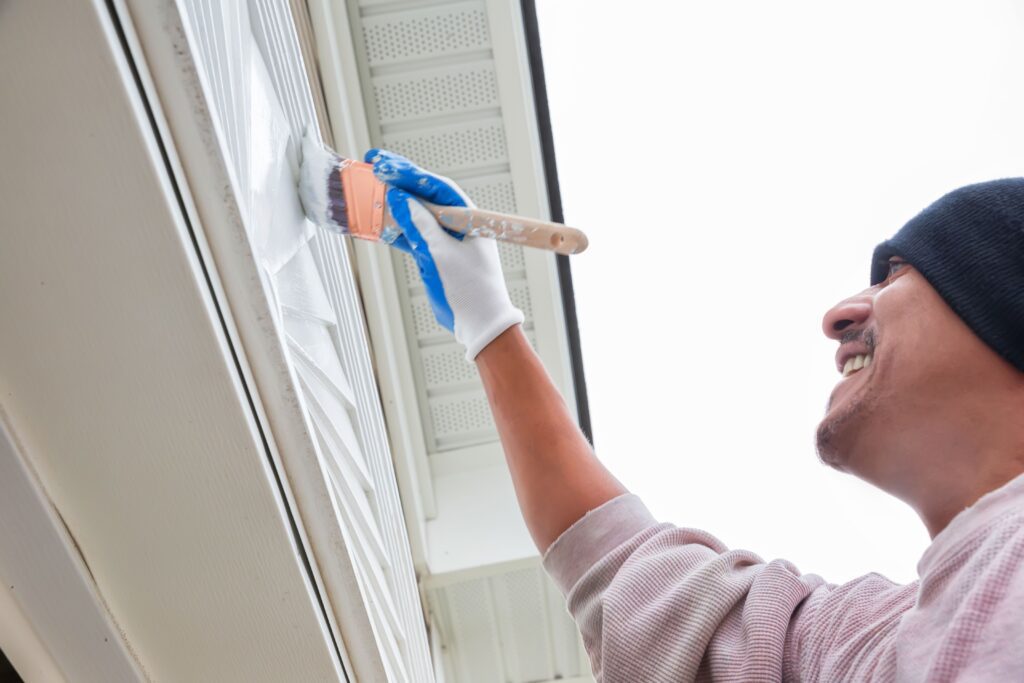
When you want to refresh your exterior home, the right plan makes everything easier. A good exterior home painting project brings new life to your house, gives it strong protection, and improves curb appeal. Many homeowners look for simple steps, clear ideas, and a team they can trust. This guide will help you understand the entire process in an easy, friendly way.
Why Exterior Home Painting Helps Your Home Look Fresh
Painting your exterior house is one of the best ways to improve your property. A fresh coat of paint protects the surface from sun, rain, wind, and time. It also helps fix peeling paint, cracks, old chips, and faded spots. With the right exterior paint, your home looks clean and well-maintained.
A good painter knows that prep work comes first. They power wash the walls to remove dirt. They sand rough areas. They replace old caulk. They inspect your siding and ensure the surface is ready to paint. These steps help the paint stick well and last longer.
Many homeowners enjoy choosing paint colors. There are many paint colors for your home that fit different styles. You can explore a color palette, try a visualizer, or look at a popular exterior paint guide to help you choose the right colors. Using quality paint also matters because it gives a long lasting finish and keeps your home painted in a strong and smooth way.
Exterior Home Painting With AMD Construction and Remodeling
When you want the best results, AMD Construction and Remodeling gives you everything you need for a smooth paint project. Their experience with exterior painting services helps simplify the process. They understand siding, stucco, brick painting, wood siding, and aluminum siding. They know how to choose the best paint for each surface.
Their team handles each exterior painting project with care. They bring scaffolding, a ladder, a sprayer when needed, and a paintbrush for detailed areas. They use the best materials so your home gets high quality results. They check every part of the home’s exterior. They look for peeling paint, damaged spots, or areas that need new caulk. They inspect shutters, trim, and siding so everything becomes ready to paint.
With AMD’s exterior home painting services, your paint job becomes simple and stress free. They explain the scope of work and the contract so you feel comfortable. Their professional painters also help you pick the right hue, palette, and paint for your home. They make sure the painting can begin only when the prep work is complete.
Simple Tips For Choosing Paint Colors and Exterior Paint Color Ideas
Picking paint colors can feel overwhelming, but simple steps make it easy. Start by looking at your home’s style. Look at your siding, roof color, windows, and overall shape. Choose paint colors that match well. Think about what kind of look you want. Some people like modern and bold tones. Others like soft and classic colors.
A good exterior paint color should look good in sunlight and shade. A larger home may look better with lighter shades. A smaller home may look good with deeper, more striking colors. You can use color tools or a visualizer to test different choices before you decide.
Also think about what kind of paint you want. A high-quality exterior paint will stay bright longer and protect better. Products from Sherwin-Williams are often used because they are known for strong quality paint. Whether you need house paint or paint for house materials, using the best paint helps the finish stay smooth and long lasting.
Understanding the Cost To Paint and Planning Your Paint Project
The cost to paint depends on many things. The size of your property affects the labor costs. A larger home usually needs more paint and more time. The number of coats also matters. Some homes require two coats for a smooth, even finish. The type of paint you choose can change the price, too. Quality paint usually costs more, but it lasts longer.
Different surfaces also affect the cost of painting. Wood siding, aluminum siding, brick painting, and stucco all require different prep work and paint. The price of exterior work can also change if your home needs extensive sanding or repairs before it’s ready to paint.
Some homeowners compare prices at stores like Home Depot to see the paint you need. They explore paint colors for your home and choose the type of paint that best suits the exterior. Remember that using the best paint helps the finish stay strong and bright. It also reduces the need for repaint work later.
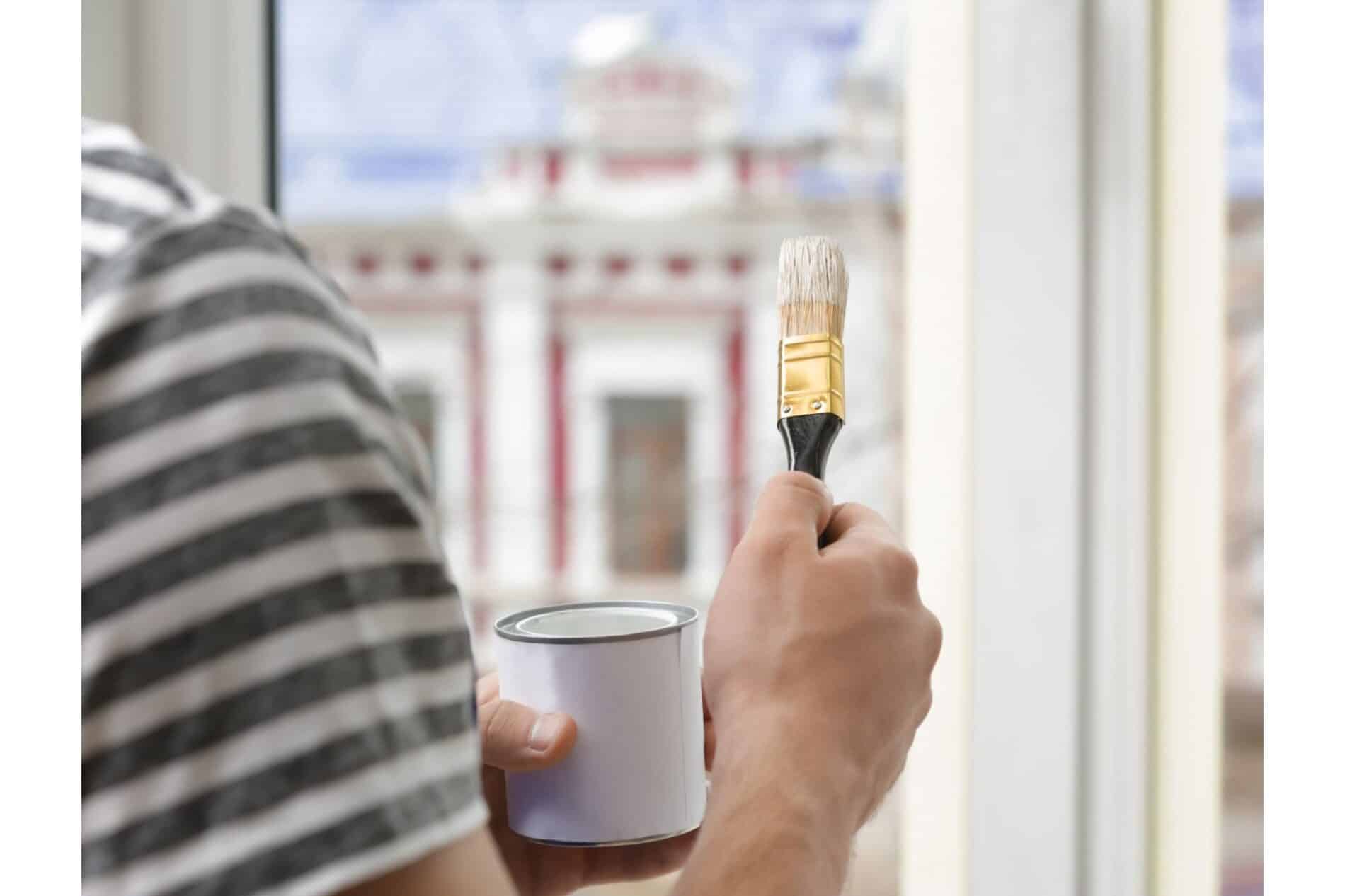
Why AMD Construction and Remodeling Is the Best Choice
AMD Construction and Remodeling stands out because they care about quality of work and long lasting results. They understand all parts of an exterior painting project. Their professional painters use the best products so your home transformation looks clean and beautiful.
Here is why they are the right team for your next exterior project:
- They know how to paint the exterior in a simple and safe way.
- They use high-quality exterior materials that protect your home.
- They understand how to refresh your siding, shutters, wood siding, stucco, and aluminum siding.
- They help you choose the right colors, palette, and type of paint.
- They provide everything you need, from prep work to the new coat of paint.
- They watch every detail, from caulk to trim, so your home painted looks smooth and even.
- They work on residential painting projects and always aim for high-quality results.
When you want a team that uses the best tools, strong materials, and simple steps, AMD Construction and Remodeling is the top choice.
The Final Touch With House Paint and Paint For House Products
A fresh coat of house paint or paint for house surfaces makes your exterior home look new again. These products offer strong coverage that protects the home’s exterior from sun, heat, cold, and rain. A new coat improves your curb appeal and keeps your home transformation bright and clean.
Once painting begins, the team uses steady strokes and careful attention to detail. A sprayer can help with larger walls. A paintbrush helps with edges and corners. After two coats, your exterior looks renewed and full of color. This update keeps your home’s exterior strong and beautiful for many years.
Ready To Start Your Next Exterior Project
If your home needs a fresh coat of paint or a complete refresh, exterior home painting is a great way to upgrade your space. With the right tools, the right colors, and the right team, the process becomes simple and enjoyable.
AMD Construction and Remodeling gives you everything you need to improve your exterior house, pick popular exterior paint colors, and choose the kind of paint that fits your home’s style. They help you simplify the process so you feel confident and happy with your results.
FAQs
What is the best time of year to paint the exterior?
Warm and dry weather is best. Spring and fall usually give the most steady conditions.
How can I tell if my home needs painting?
Look for peeling paint, cracks, faded color, or rough siding. These signs mean the surface needs a new coat.
Why is prep work important?
Prep work helps the paint stick better. It also makes the finish look smooth and clean.
How long does an exterior painting project take?
Most projects take a few days to a week. The size of the home and the weather can change the time.
What type of paint should I use outside?
Use high-quality exterior paint made for weather and sun protection. Good products last longer and look better.
Your home deserves the best care with professional exterior home painting. AMD Construction and Remodeling is ready to bring that care to your home’s exterior with pride and skill. Call us at (214) 997-689.
Also read:
How to Choose a Dallas Kitchen Remodeling Firm That Offers a Labor Warranty
Texas Remodeling Trends: AMD’s Home Remodeling & Renovation
The Bright Side of Remodeling Contractors in Allen TX: How They Bring Your Vision to Life

